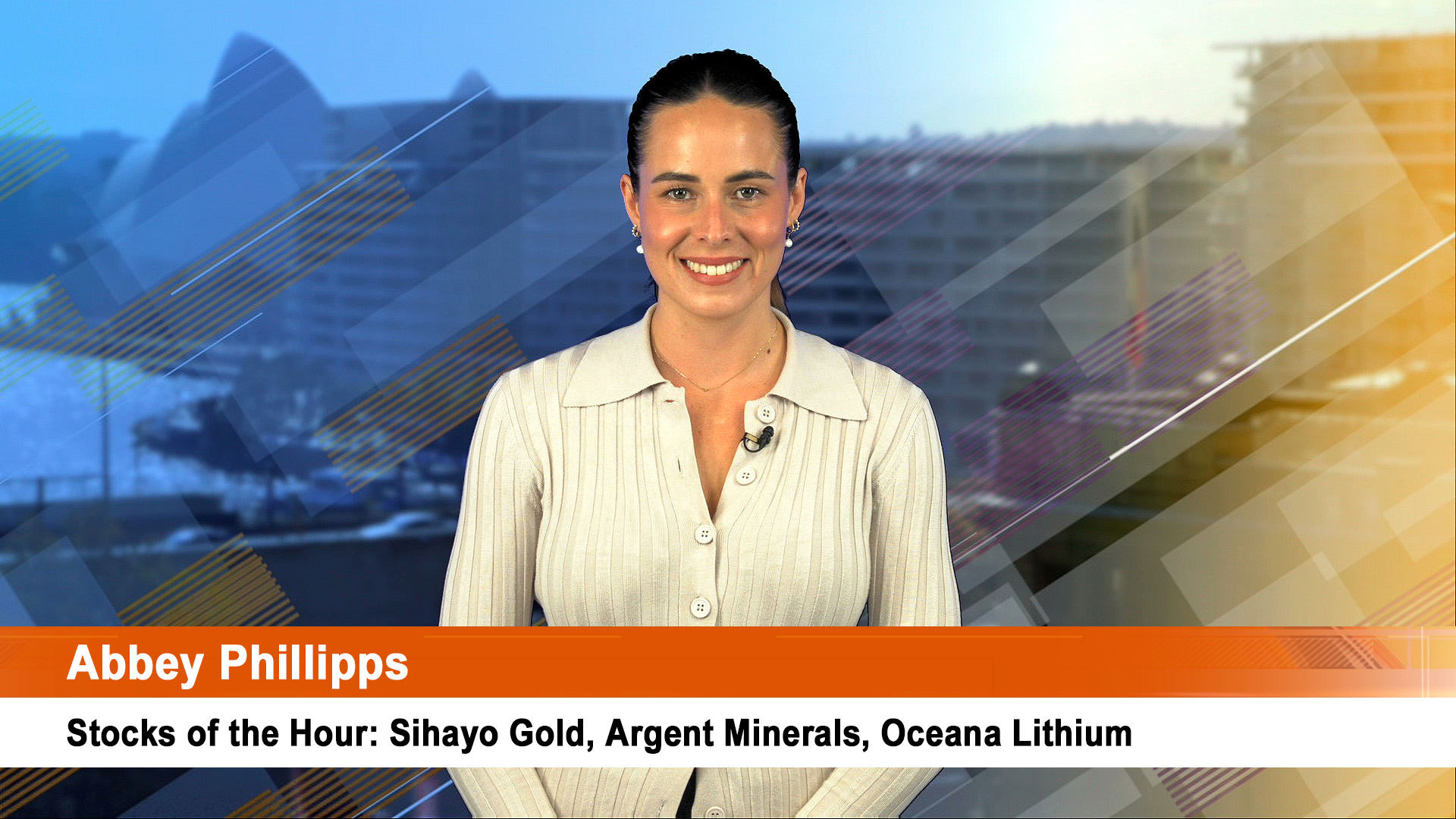Good news for the banks and the only growth business they currently have – home lending. The Reserve Bank has ruled out any return to the “heavy regulation” of housing loans we saw decades ago as it and other regulators discuss changes to the rules governing home lending.
That’s despite a rise in risky lending in the later stages of the current housing boom, especially among investors, according to a senior RBA official.
Financial regulators including the RBA, Federal Treasury and APRA (the key bank supervisor) are discussing the a tightening of rules on home loans, especially for investors.
The RBA in particular is concerned the surge in investor lending, especially in Sydney, is creating an “unbalanced” market.
Investors currently make up 45%of total loan approvals, with these borrowers mainly snapping up existing properties, especially in Sydney.
In a speech to a finance conference in Sydney last night, RBA deputy governor Philip Lowe said the sharp increase in investor housing purchases had increased overall risk in the property market.
“It is important to make clear that I am not saying that this will end badly, or even that is likely to end badly – just that, on average, recent loans are probably a bit more risky than those made earlier,” he told the meeting.
“Given this, it is prudent for both borrowers and lenders to be careful."
But any new lending rules to address rising risk levels will not represent “a return to the type of heavy regulation we saw in earlier decades", Dr Lowe said.
Lenders will always find ways of getting money to those that want it, he said.
“All this means that we need to be realistic about what can be achieved through changes in the regulatory parameters alone," Dr Lowe said.
"This realism, however, need not preclude consideration of modest and sensible changes within the existing prudential framework."
"Overall, investor credit outstanding is growing at an annual rate of close to 10 per cent, around twice the rate of increase in household income. A fairly high and increasing share of these investor loans do not require the repayment of any principal during the life of the loan.
“And this is all occurring in an environment in which growth in rents has slowed and the ratio of housing prices to income is at the top end of the range experienced over the past decade or so,” Dr Lowe said.
That means risk is rising in the current lending activities because higher prices and weakening prices have narrowed the margins for investors and their financiers.
Dr Lowe pointed out that housing is carrying the weight of the economy’s transition from the mining investment boom to a broader, domestic driven growth pattern.
"The good news is that this increased demand for existing housing assets is translating into increased demand for newhousing construction. This is a very welcome development. Investment in residential construction has increased by 9 per cent over the past year and further increases are expected.
"So this part of the monetary transmission mechanism is working in Australia, and working more effectively than it is in some other countries. The higher construction activity is adding to jobs and assisting with the rebalancing of demand in the economy as mining investment declines,” Dr Lowe said.
But Dr Lowe pointed out that more needs to be done and monetary policy (lower interest rates, which is stimulated the housing rebound) can’t do it all – government needs to play a role.
"Monetary policy can, and is, playing an important role here. But ultimately, monetary policy cannot drive the higher ongoing expected returns on capital that are required for sustained economic growth and for reasonable long-term returns to savers. It is instead government policy – including in some countries, increased spending on infrastructure – that has perhaps the more important role to play here.
"Over the period ahead, higher infrastructure spending can help with the transition from the mining investment boom to other forms of activity. It can also help strengthen the foundations for future growth in the economy. And, as I have spoken about on previous occasions, policies that promote innovation and entrepreneurship are likely to hold us in good stead not just in the short term, but over the long term as well.”













